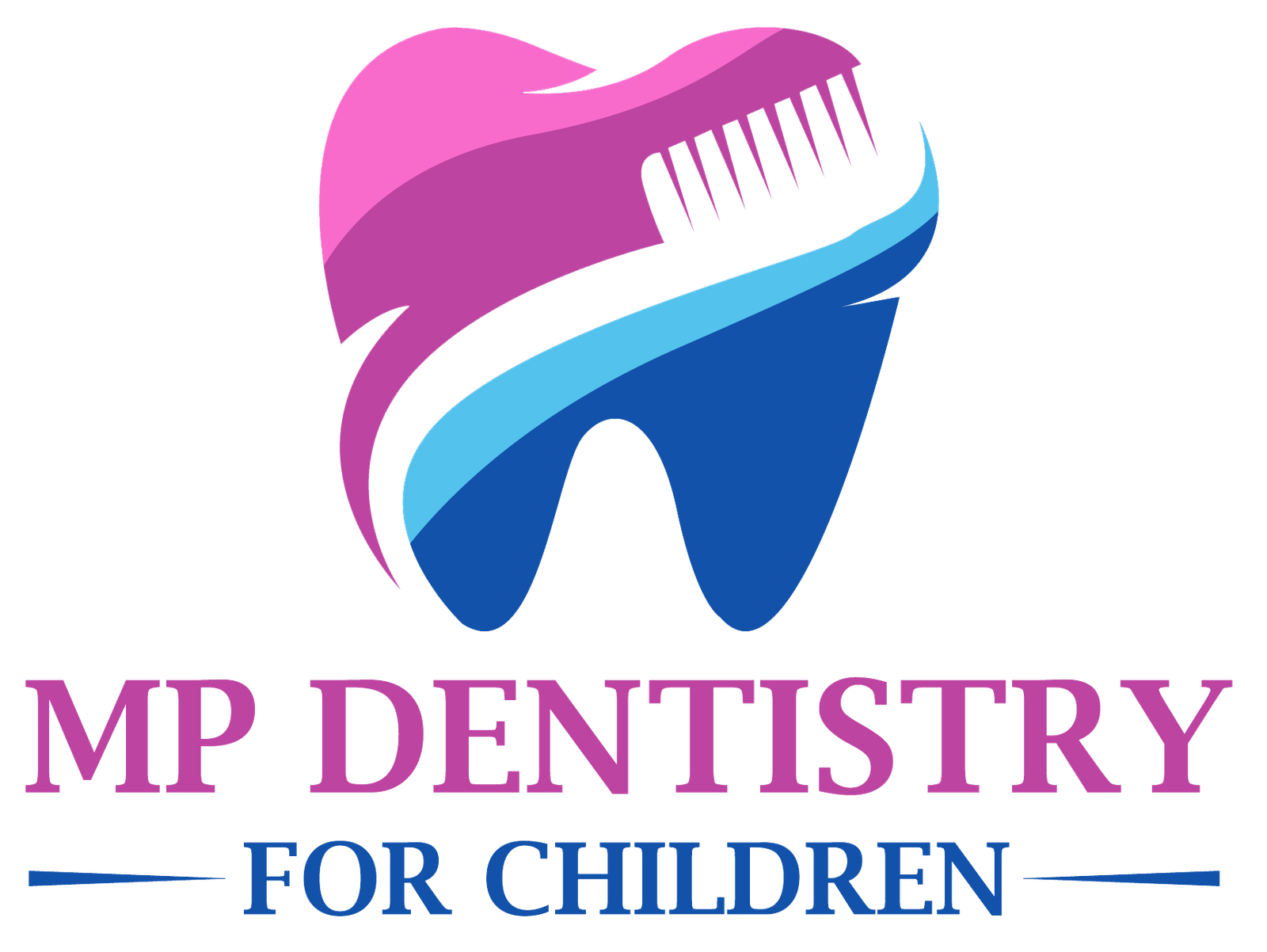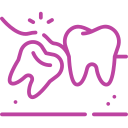The Science Behind Mouth Breathing and Teeth Formation

The position of our tongue plays a vital role in the development of our facial structure, including our teeth and jaw. When we breathe through our nose, the tongue rests at the roof of the mouth, supporting the upper jaw and helping to maintain a balance between the pressure exerted by the cheeks and the tongue. This balance results in proper teeth alignment, leading to a correct bite and well-formed dental arch.
On the other hand, mouth breathing causes the tongue to drop from the roof of the mouth. This drop disrupts the balance between the cheeks and the tongue pressure. Over time, this imbalance can lead to a narrow dental arch, crooked teeth, and an improper bite.
Causes of Mouth Breathing
The Importance of Nose Breathing for Teeth and Jaw Development
Breathing through the nose is essential for proper teeth and jaw development for several reasons:
Air filtration – Nose breathing helps to filter, humidify, and warm the air, protecting the lungs and overall respiratory health.
Optimal facial growth – As mentioned earlier, nose breathing maintains the appropriate tongue position, which leads to optimal facial growth.
Proper jaw development – Nose breathing helps in the forward growth of both upper and lower jaws, preventing problems like overbites or underbites.
Preventing Mouth Breathing

Final Thoughts
As parents, it’s crucial not to overlook the impact of mouth breathing on your child’s teeth and jaw development. Understanding the importance of nose breathing, being aware of the causes of mouth breathing, and taking preventative measures can make a significant difference in maintaining optimal dental health for your child. If you suspect that your child is a habitual mouth breather, consult with a healthcare professional to ensure they receive the necessary care and guidance for a lifetime of healthy smiles.









